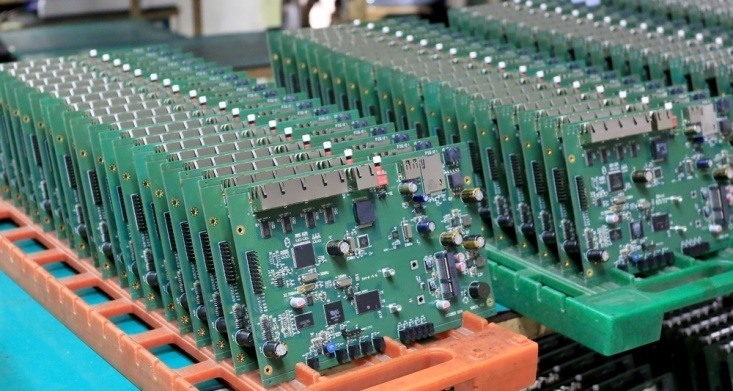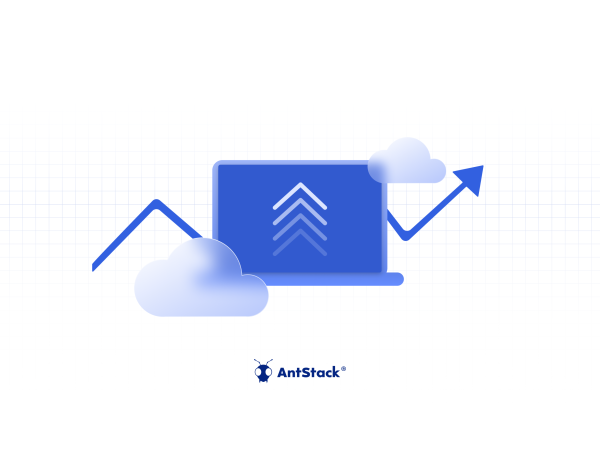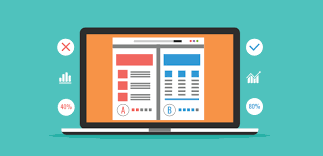A run-through of PCB production

The growth of cutting-edge technology such as mobile phones, Blu-Ray disc players, plasma TVs, electric cars, and similar products has insured that the demand for PCBs (printed circuit boards) will not decline in the foreseeable future. PCB manufacturing technology is also constantly evolving and is now capable of meeting the demands of modern electronic products. As a company that makes electrical goods, we can’t afford to know nothing about modern PCB technology.
The various types of printed circuit boards (PCBs) are as much as the numerous new PCB techniques and procedures that have recently been developed. You should go with a company that has the most recent prototype and production printed circuit board (PCB) equipment if you want to design and manufacture printed circuit boards (PCBs).
The manufacture of printed circuit boards (PCBs) is divided into two categories: creating boards with or without components. Blank printed circuit boards (PCBs) are available with one or two sides. The capabilities of different printed circuit boards (PCBs) also differ. We can create multilayered PCBs using techniques such as PCB milling, copper etching, screen printing, and other comparable processes. The vast majority of PCB fabrication companies also offer prototyping services. This service entails the fabrication of a working PCB model before genuine mass production can commence.
Although various raw materials are used in the fabrication of printed circuit boards (PCBs), copper remains the primary component. Tin and lead are usually combined to form a protective layer for copper that prevents it from oxidizing. The industry standard for PCB contact points is copper covered with this lead-tin combination, nickel plated, and subsequently gold plated. This guarantees that the contact points are very conductive.
However, one thing to look for are the quality control criteria that the manufacturer follows in their operations. This comprises the numerous visual and digital inspections performed on the various stages of the printed circuit board manufacturing process, from conception to delivery. It also describes in detail what was done to fix the problems and mistakes found during the process.
PCB fabrication can be a highly hazardous practise, not only to people’s health but also to the environment. This is particularly true in areas where the element lead is present. A PCB manufacturing factory should be able to clearly identify the safety precautions it has in place to deal with toxic matter, the methods of disposing of obsolete PCBs, recycling processes, and current equipment and processes that are favourable to both humans and the environment.
Because the operation of the PCB, and thus the numerous pieces of equipment used in PCB production, is sophisticated and delicate, the manufacturing process used is an important component.
Finally, during the PCB fabrication process, a regulated environment is employed to protect the printed circuit boards (PCBs) from contamination. The PCB Company you choose should be able to ensure this, even for the packaging of the finished product. If you choose to ignore this, you endanger both your company’s reputation and the technological devices it sells.






